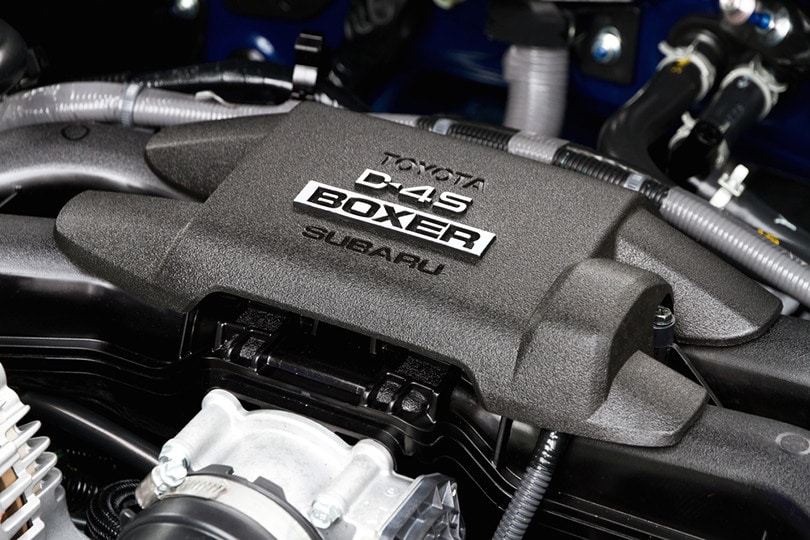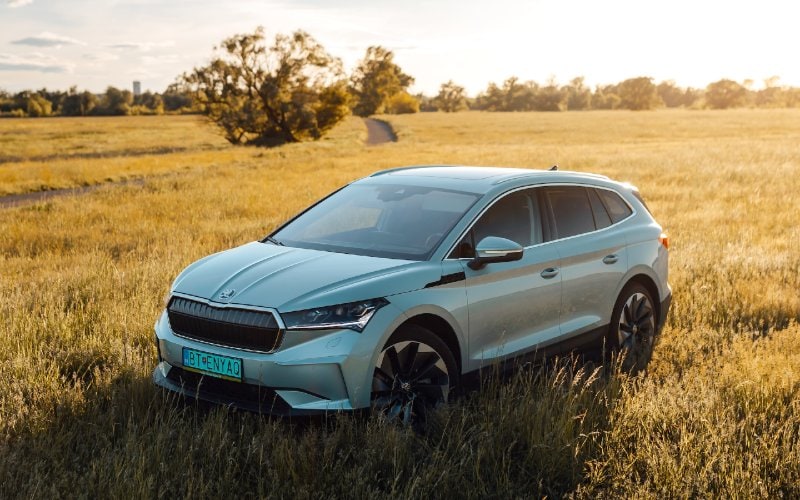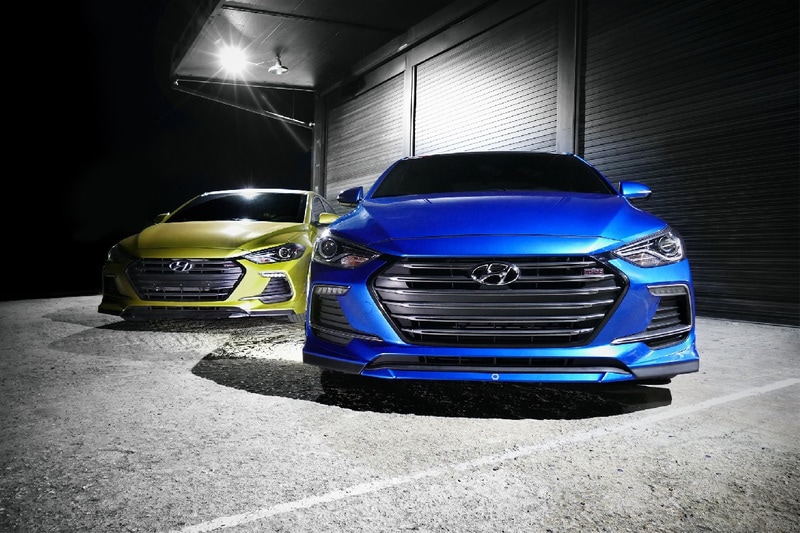What Is a Boxer Engine? Pros, Cons, Types & FAQ
-

- Last updated:

There are many types of engines, including piston and rotary engines. One point to note is that these engines are not created equal. Some are known for their unique design, and others for their smoothness or torque. With so many aspects to consider and preferences to factor in, you might be inclined to think there’s no one definitive engine. But there’s one: the boxer engine. The boxer engine is also known as an opposed-piston engine. It is a flat internal combustion engine where the cylinders are horizontally opposed to each other.
In this article, we’ll explain what makes a boxer engine different from other types of engines and how it works. We’ll also discuss some of the advantages and disadvantages of using a boxer over other types of engines. So, without further ado, let’s get to it!
Understanding What a Boxer Engine Is
The engines have a specific design: there’s one piston in the first cylinder, another directly opposing it in the other cylinder, and a crankshaft rotating between them.
The engine’s configuration looks like a boxer in a boxing motion, hence the name. Besides, this configuration leads to a lower center of gravity. It makes it ideal for sports cars and other vehicles that need agility.
How Does It Work?
In a boxer engine, one crankshaft moves all four pistons at once. It has two cylinders on each side of the crankshaft and two connecting rods per piston (a total of four). The connecting rods are connected using pins. They go through both connecting rods on either side of the crankshaft.
The same goes for the crankshaft. It also moves up and down while rotating around its axis. It means that there’s no need for balance shafts, as they would only increase friction without doing much.
The pistons move up when both are on one side of the crankshaft. Then, they move down when both are on the other side of the crankshaft again (180 degrees apart).
The pistons are arranged in a way that they have slightly different heights above their respective cylinders. This way, there’s always one piston on top (high point) and one on the bottom (low point). It makes for smooth power delivery.
Technical Solutions Used in Boxer Engines
The basic design of the boxer engine is simple and easy to understand, but several technical solutions are implemented to make it more effective than other types of engines.
These technical solutions make it more fuel-efficient and environmentally friendly.
- Reduced Combustion Chamber Volume – The combustion chamber is the part of the cylinder that contains the fuel-air mixture before it’s ignited. It’s formed by the piston head, the cylinder liner, and the head gasket combination. Reducing this area will reduce peak pressure and improve volumetric efficiency. It also reduces peak power, but this is compensated for by increasing the stroke length. A reduced combustion chamber volume also translates to a higher compression ratio.
- Using a New Type of Oil Pump – Subaru engineers developed a new type of oil pump for the boxer engine to reduce friction and improve efficiency over time. The new design uses fewer parts than traditional pumps. It also allows better control over the flow rate and pressure in each cylinder. Changing the oil pump is one way to improve the performance of your car. An oil pump works by increasing pressure on the oil. This way, it can circulate through your engine more effectively. As a result, you’ll have better lubrication and less wear and tear on your engine components.
- A Structurally New Cooling System With Two Circuits – The boxer engine has a cooling system that uses two circuits. One circuit is for the cylinder head, cylinder block, exhaust manifold gasket, and oil pan. Another circuit is for the transmission oil cooler and engine coolant tank. The design allows for improved cooling efficiency. It ensures no heat loss from one circuit to another when operating under normal conditions. Also, there’s no heat loss when driving at high speeds on a hot day.
- Using Forging Technology to Manufacture Parts of the Piston Group – Forging technology is one of the most commonly used methods for manufacturing parts with complex shapes. It’s applied to make some parts of the piston group such as connecting rods and crankshaft counterweights. It makes it possible for these parts to be more stable in use. Also, it reduces the boxer engine’s weight. Besides, it reduces wear and tears on them during operation.
The 3 Types of Boxer Engines
Several different types of boxer engines are available today. Some are more popular than others due to their unique characteristics. Others may be less common because they don’t offer any advantages over other designs. Also, they have several disadvantages that make them less popular with consumers.
There are three primary types of boxer engines you should know. The primary difference between these three boxer engine types is how the pistons move.
1. Boxer
This is the primary type of boxer engine. The name is a result of its unique layout. The pistons also move in an up-and-down motion, looking like someone punching the air with their fist. The layout is also known as a horizontally opposed engine.
The layout provides an even firing cycle with a good balance of forces between pistons. It allows it to run smoothly in various configurations. The idea is to have better weight distribution and a lower center of gravity. The low center of gravity helps improve handling and stability. On the other hand, the more even weight distribution enhances handling and traction.
The cylinders in a boxer engine are arranged in two banks on either side of a central crankcase. There are four pistons in each bank. It means they have two crankshafts, one on each end of the engine. Besides, each piston has its own cylinder. The cylinders are at a distance from each other. This distance remains unchanged during operation.
2. OPOC
In an OPOC design, each cylinder has two pistons and a crankshaft but shares a common crankshaft journal with another cylinder. The crankshafts are offset at 90 degrees from each other. This way, they cross over at their centers such that the pistons align directly across one another rather than offset from one another like a flat engine design. This arrangement also allows for twice as many spark plugs per cylinder.
OPOC boxer engines don’t have valve trains or cylinder heads. Also, they’re two-stroke. The engine design is more complex than a HOP (Horizontally Opposed Piston) design, but it is lightweight. This type is not widely used for automobiles but has been used in some aircraft engines.
3. 5 TDF
A 5 TDF Boxer Engine has five cylinders in a straight line. The pistons on each side of the engine move together, meaning that the power stroke for one piston is offset by 180 degrees from the power stroke.
The cylinders are offset so that one side of each cylinder has a piston at the top dead center (TDC). Its opposite neighbor has a piston at the bottom dead center (BDC). It means that when one side is at BDC and ready to fire, its opposite neighbor is at TDC. Also, it allows both pistons to move together in their respective cylinders, making them stronger and more efficient.
In 5 TDF boxer engines, the combustion chambers are found between the pistons. They can use gasoline or diesel to run.
Note: 5 TDF boxer engines are no longer in production.
Where Is a Boxer Engine Used?
Boxer engines are used in various automobiles, including cars, trucks, and motorcycles. You can find them in both gasoline-powered and diesel versions, but the most common use is in automobiles. They can produce high torque at low RPMs.
The boxer engine’s design allows it to be mounted transversely across the vehicle. It gives it more space than an inline engine or a V-shaped engine. It also makes it easier to mount air filters, radiators, and other components that need to be mounted at the top of the engine compartment.
These days, it’s commonly used in cars like the Subaru or Porsche, but you can also find it in motorcycles and even tractors. Subaru uses the boxer engine in all its models. Subaru models with a boxer engine include Subaru Outback, Legacy, Impreza, Forester, BRZ, and more.
- The boxer engine lowers the vehicle’s center of gravity, increasing its stability.
- It’s quieter and vibrates less
- It has a one-of-a-kind design
- It has a higher engine efficiency
- In case of an accident, the engine is shoved beneath the passenger compartment.
- It’s highly durable and reliable
- It’s more complicated compared to V-type and inline engines
- It needs its own chassis
- The production cost of a boxer engine is high
- Maintaining and repairing it is costly
- It needs professional repair and maintenance
- It uses a lot of oil when operating

Differences Between a Boxer and an Inline Engine
If you’re looking for a car, you’ll probably want to check out the different types of engines. And you should! A boxer engine is different from an inline engine because the pistons connect to the crankshafts in opposing directions.
- Complexity – An inline engine has one bank of cylinders while a boxer engine has two. The pistons are in a line, and there’s only one crankshaft. Inline engines are simpler because they don’t need to share components like camshafts.
- Maintenance Requirements – Boxer engines have several components hidden underneath the engine, thus harder to access during maintenance. Inline engines are simpler to maintain as you can access every component easily.
- Reliability – In boxer engines, more oil collects around cylinder walls and valves, leading to more leakage via the piston rings and the valve stem seals. This makes them less reliable than inline engines in the long term.
- Size – Usually, the boxer engine is smaller and lighter than an inline engine of similar power output. Boxer engines also have lower revving than their inline counterparts. It’s a benefit in racing applications where torque is more crucial than horsepower.
- Center of Gravity – Boxer engines are named this because the pistons are arranged in a flat ‘boxer’ style. Their center of gravity (COG) is near the middle of the engine and lower than it would be if the engine were in an inline design where pistons are arranged in a straight line.
- Cost – A boxer engine is more expensive than an inline engine. The primary reason that a boxer is more expensive is that it uses two separate banks of cylinder heads that are more complex to manufacture than one single one.
Frequently Asked Questions
Who Invented the First Boxer Engine?
The boxer engine was invented by German engineer Karl Benz. His first car, the Benz Patent Motor Car, had an inline three-cylinder engine. The cylinders are arranged in a flat or horizontally opposed configuration.
In 1890, he introduced an improved model that included a four-cylinder engine with two cylinders on each side of the crankcase. This design became known as a boxer engine. It resembles a pair of boxers standing back-to-back with their arms raised.
The layout of this new engine was patented by Benz in 1896. It was widely copied and is still used in many cars and motorcycles because it has several advantages over other engine designs.
Why Don’t More Automobile Companies Use Boxer Engines?
The primary reason is cost. The design is complex because the cylinders are offset from one another and connected by crankshafts that take up a lot of space. The fuel economy of boxer engines improves as displacement increases. But this means the engine must be larger, adding weight and complexity.
Another reason automobile companies don’t use boxer engines is their maintenance cost. The complexity of the maintenance adds to the cost of a boxer engine.
Does a Boxer Engine Burn More Oil?
Yes, boxer engines burn more oil. For one, the boxer engine has two cylinders with pistons on opposite sides of the crankshaft. It means that each piston is always working against itself to push the crankshaft in opposite directions. It’s called counterbalancing.
The counterbalancing effect reduces vibration and makes for a smoother-running engine. This counterbalancing also uses more oil in the long run. So, most Subaru models have excessive oil consumption problems.
Conclusion
It’s hard not to admit that boxer engines are an attractive feature of vehicles. It reminds you of those classic cars from the early twentieth century. But the fact is that this engine has earned its rightful place among modern engines.
A boxer engine is for anyone who needs extra power and those who enjoy tinkering with cars. If you want to modify your models to create a unique machine, a boxer engine is the best bet.
As you can see, boxer engines are great to have. If you’re looking for a new car or truck, ensure you try out one with a boxer engine under the hood. You can go for a Subaru, a Porsche, or any other vehicle with a boxer engine.
- https://www.powernationtv.com/post/how-boxer-engines-work
- https://a4b5club.ru/en/porsche/oppozitnyi-dvigatel-princip-raboty-dostoinstva-i-nedostatki-oppozitnyi.html
- https://www.autoevolution.com/news/the-history-of-the-boxer-engine-and-why-porsche-and-subaru-are-still-using-it-155065.html
- https://otocare.vn/car-news/what-is-a-boxer-engine/
- https://oborudow.ru/en/brake-system/horosh-oppozitnyi-dvigatel-plyusy-i-minusy-oppozitnogo-dvigatelya-subaru/
- https://www.engineerine.com/2021/10/is-boxer-engine-better-than-inline.html
- https://group-media.mercedes-benz.com/marsMediaSite/en/instance/ko/Invention-of-the-boxer-engine-The-Benz-contra-engine-of-1897.xhtml?oid=9913447
- https://www.hotcars.com/this-is-why-more-cars-dont-use-boxer-engines/
- https://jacanswers.com/do-boxer-engines-use-more-oil/
- https://www.autozine.org/technical_school/engine/Smoothness3.html
- https://www.louis.eu/artikel/franzis-porsche-6-cylinder-boxer-engine-improved-model-2020/10013374
- https://web.statler.wvu.edu/~mathews/boat/pdf/manual/Chapter%20Six.PDF
Featured Image Credit: Teddy Leung, Shutterstock
Contents


